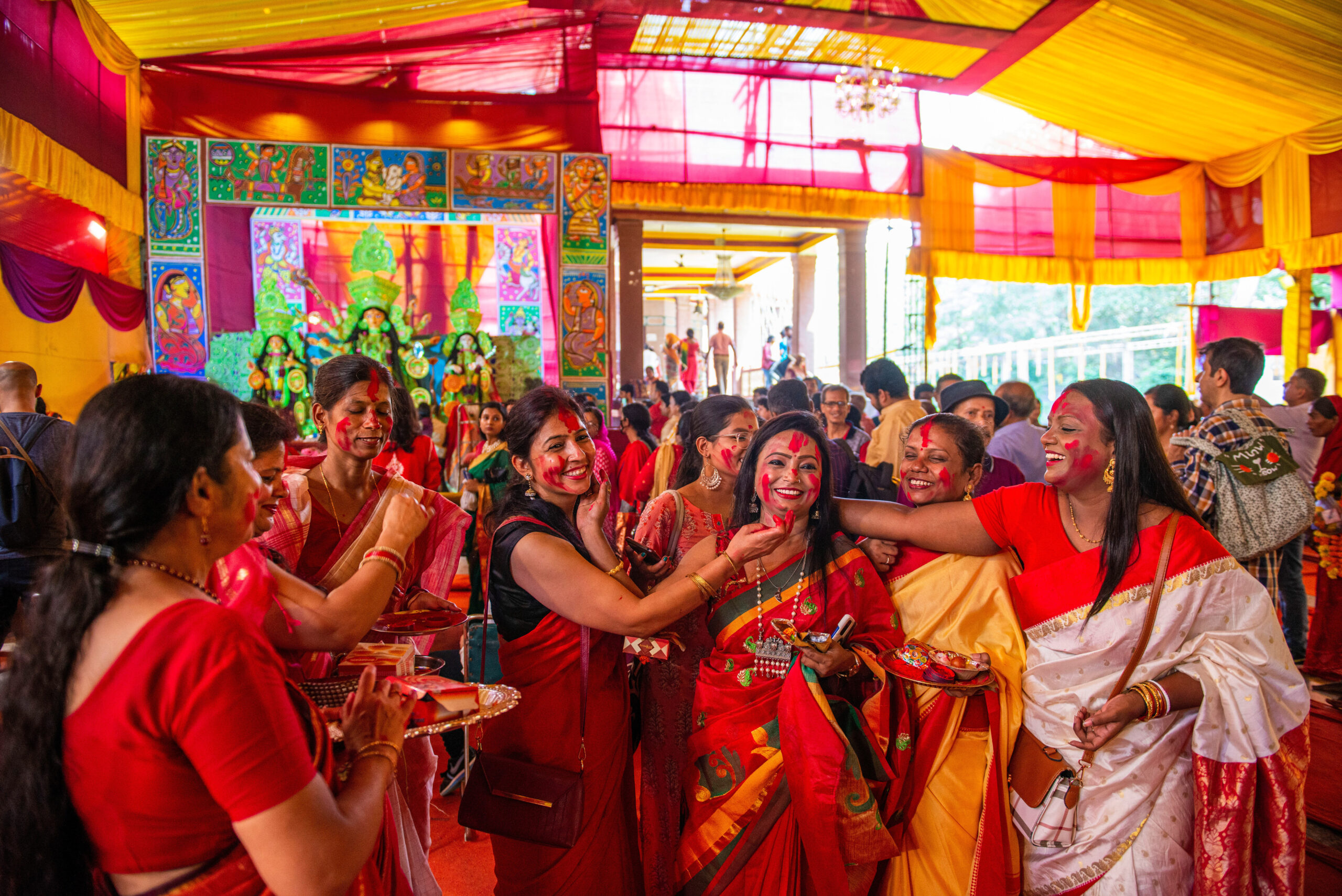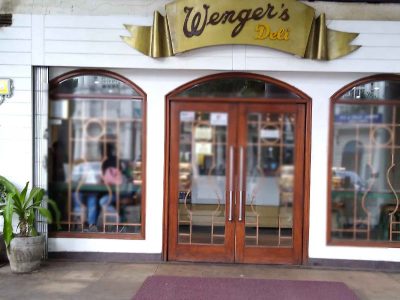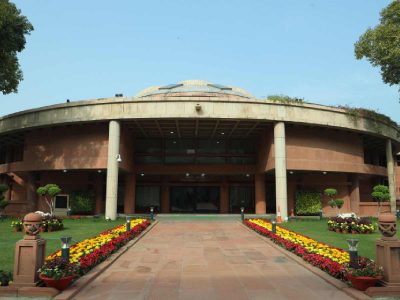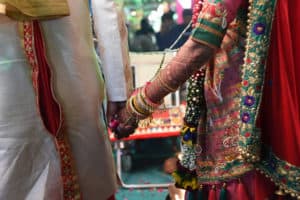The Sen family, long-time residents of 5, Daryaganj, are preparing for the Daryaganj Durga Puja, which was started by their ancestors 75 years ago.
Dr Hem Chandra Sen, to whom the Sens trace their line of descent, and is a hero for the local Bengali community, moved to Delhi in 1879.
Known as the first Bengali man to shift to Delhi, Dr Sen was arguably the first practicing allopathic doctor of Delhi. His name evokes great respect and sense of gratitude among non-Bengali old Delhiwallas.
The Dr HC Sen Marg near the Chandni Chowk Fountain, is an example of the high respect he has earned from Delhiites.
“Dr Sen came to Delhi from Agra though he was from Bengal. He was working with the Railways in Agra. Prior to him, only Hakims and Vaids used to treat patients in Delhi,” informs Dr Rana Sen, great grandson of Dr Sen.
Rana is looking after the affairs of Daryaganj Puja this year.
Once Dr Sen moved to Delhi, he started treating Railway employees as well as locals. He made a name for himself in Delhi as he was a very caring and accomplished doctor.
When he came to Delhi, the Delhi [Railway] Junction was already operational and he took a spacious house on rent nearby, in Chandni Chowk. Once he became a household name, he was advised by his friends and well-wishers to quit his Railway job and start his own practice.
After discussing the pros and cons, he left his job in Railways and started private practice from his clinic located on the ground floor of his house. His practice soon flourished. Patients from a cross-section of the society used to visit him. Even women and residents from villages, now part of the Capital, would drop in.
Dr Sen’s house became an abode for all those who came from Bengal. From Rabindranath Tagore to Vivekananda, everyone used to stay at his Chandni Chowk home.
According to noted historian RV Smith, “When Swami Vivekananda stayed at Dr Sen’s house, he used to go for a long walk up to Yamuna river in the morning.”
Dr Sen was an extremely social person. He became close to Lala Krishan Das Gurwale and Lala Sultan Singh, two of Delhi’s prominent businessmen.
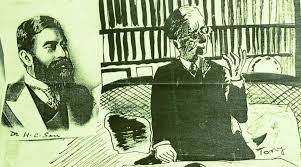
Rana says that Hindu College was established at Kinari Bazar in Chandni Chowk thanks to the efforts of the trio.
Later, the college shifted to Kashmiri Gate and finally to the Delhi University campus.
Yeoman service to society
Dr Sen was also behind the establishment of Indraprastha Hindu Girls School near Jama Masjid.
Later, the management of the school established the Indraprastha College for Women. Both these institutions have been doing yeoman service by imparting quality education to girls.
Dr Sen purchased a plot at 5, Daryaganj in about 1900 as his family was expanding.
“Dr Sen was among the early Delhiites to get a telephone connection. His phone number was 6,” informs Rana.
Senior writer Jayanth Rai Chaudhary, however, does not believe that Dr Sen was the first Bengali man of Delhi.
“Delhi’s first Bengalis were goldsmiths and artists employed during the Mughal era. The next lot came as clerks, doctors among others, when East India Company set up office in Delhi,” he claims.
“Tis Hazari Kali Bari was set up before the mutiny or first war of independence and Bengali families took refuge there in the turbulent days of 1857. A fair complexioned Bengali lady was imprisoned by the mutineers who thought she was a European lady in disguise. The matter was sorted out when she swore at the soldiers in Bengali.”
While the Daryaganj Puja is celebrating its 75th year, many pujas in Delhi have crossed 75 years of their existence.
For instance, the Kashmere Gate Durga Puja is the oldest Durga Puja in the Capital. It is currently held in the lawns of Bengali Sr Sec School, Civil Lines.
“It started in 1910 at Roshanpura Kali Mandir near Nai Sarak. This Puja began thanks to the efforts of probasi (diaspora) Bengalis living in Chandni Chowk area and Dr HC Sen,” says Kishore Sen Gupta, who has been living in Delhi for decades.
Old timers say that Lala Lachminarayan and his son Lala Girdhari Lal helped the Puja Samiti grow by providing them space from 1913 to 1946 in their Dharamshala located near Fatehpuri Mosque.
The article of faith
Visiting the Durga Puja pandal of New Delhi Kali Bari is like an article of faith for Delhi’s Bengali community.
Established in 1930s, it is located on Mandir Marg, close to the Laxminarayan Temple (Birla Mandir). The acre of land where it is held was allotted after several years of demand by the burgeoning expatriate Bengali population.
“The idol of New Delhi Kali Bari resembles the one at Kalighat Kali Temple in Kolkata. The Mandir committee was formed in 1935 with Netaji Subhas Chandra Bose as the first president,” says Manju Majumdar, the former Principal of Union Academy School at Raja Bazar in Connaught Place.
She has been visiting there since childhood.
New Delhi Kali Bari continues to be the nodal point for the hundreds of puja committees in Delhi. The puja celebration at Kali Bari continued to follow the traditional style. Even puja rituals have remained unchanged since 1930s and traditional competitions in Rabindra Sangeet and recitation are still organised.
The then President Pranab Kumar Mukherjee used to visit this Puja often. One must not forget that this Puja was held in rotation at Dalhousie Square, Edward Square, Baird Square and Sikandra Place till 1935, after which it was shifted permanently to the premises of the New Delhi Kali Bari on Reading Road (now Mandir Marg).
“It was difficult to get the Durga idols modelled in Delhi till 1950s. Hence, they had to be procured from Benares (now Varanasi), from where they were carried to Mughal Sarai Railway Junction and then transported to Delhi by rail or road. The priest too came from Benares and the Puja articles, including lotuses and other mandatory flowers, were procured from Calcutta (now Kolkata),” informs Ajit Nandy, a senior member of IP Extension Puja Samiti.
Even the ‘Kolkata-style’ waterproof pandals and the ‘Chandannagar-type’ fancy lightings were imported. It was much later that groups of clay modellers and artisans started coming to Delhi from Kumartuli, Krishnanagar and other places in West Bengal to make the idols, as did the drummers (dhakis) from Midnapore and Kolkata.
As the capital of India shifted from Kolkata to Delhi in 1911, a very large number of Bengali government employees moved to Delhi. They were accommodated in Timarpur. Hence, Delhi’s second oldest Durga Puja started at Timarpur in 1913.
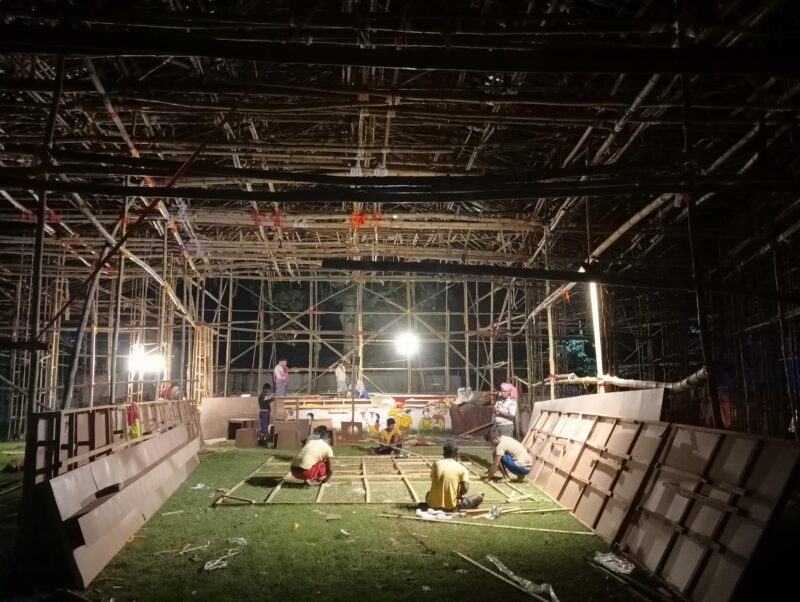
Then, with the transfer of the Government of India Press to Delhi, its employees started a separate Puja at Timarpur in 1919. However, it moved to Minto Road in 1941, when the press was shifted there.
These old Pujas are still in existence today. The Minto Road Puja is held at Deen Dayal Upadhayaya Marg.
Later, Durga Pujas were started at Lodhi Road (1944), Karol Bagh (1947), Daryaganj, Mata Sundari Road (both in 1948), Vinay (now Sarojini) Nagar and Moti Bagh. Mata Sundari Puja is not held now.
By the early 1960s, community Durga Pujas proliferated in Defence Colony, Ramakrishna Puram, Kailash Colony, Shahdara, Kamala Nagar, Tilak Nagar, Palam, Chanakyapuri, Hauz Khas, Green Park, Lajpat Nagar, Pandara Road and Patel Nagar.
Says Manju Majumdar, “The 70s and 80s saw more Pujas in Chittaranjan Park, Safdarjung Enclave, Badarpur, Paschim Vihar, Nivedita Enclave, Vasant Kunj, trans-Yamuna localities, NOIDA, Faridabad and Gurgaon. With the expansion of Delhi into the National Capital Region, the number of Durga Pujas also multiplied with the inclusion of localities like Dwarka, Mayur Vihar, Vasundhara, Indirapuram and Kaushambhi.
Chittaranjan Park or CR Park has now become the hub for Durga Puja celebrations. Home to a very large Bengali community, mainly from East Bengal (now Bangladesh), CR Park area sees a mega Durga Puja celebration every year with magnificent pandals. Come Puja, CR Park is set to glitter again.

